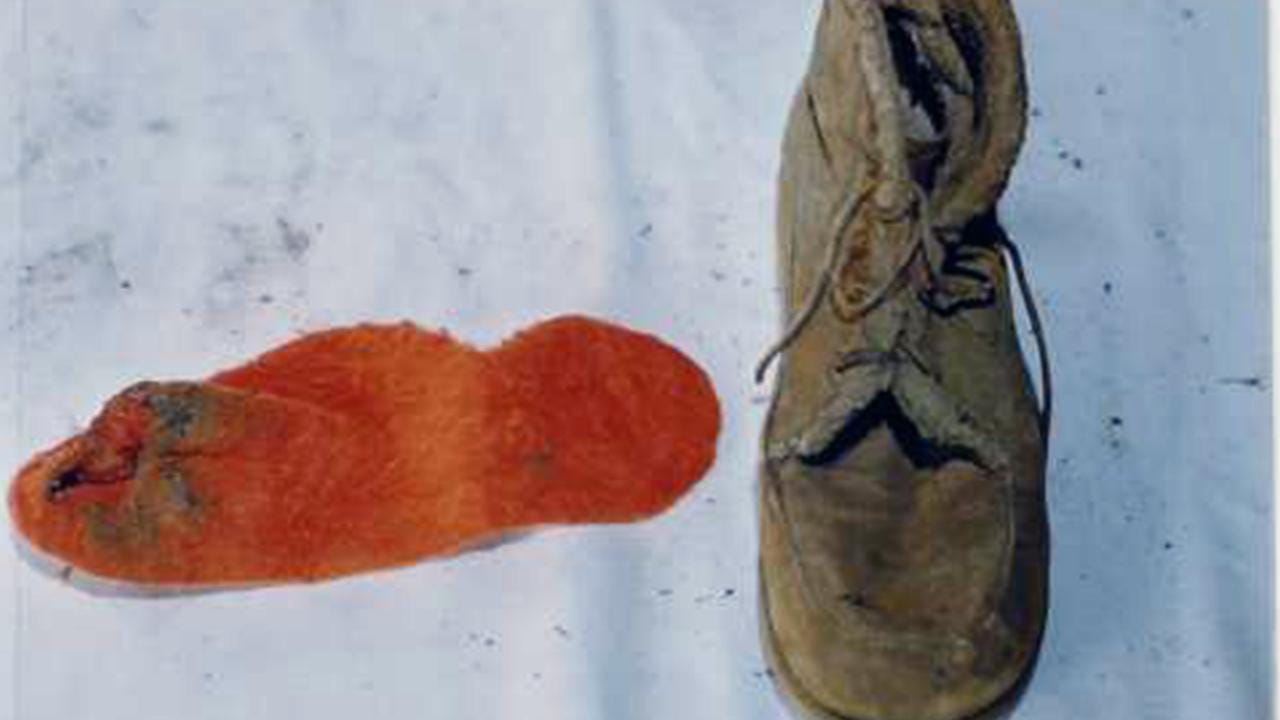
On a bitterly cold January night in 1982, as the snowflakes danced like restless spirits over the Colorado landscape, Harold Bray, a sheriff from Jefferson County, found himself entranced by an unusual spectacle below.
Cruising comfortably at a lofty altitude aboard a United Airlines jet, most passengers were snuggled in their blankets, entirely oblivious to the drama that was about to unfold.
But not Bray.
His eyes narrowed in on a pattern of lights winking from the mountainous terrain below: but it wasn’t a group of late-night hikers or early-rising farmers. Rather, the lights were blinking in Morse code for “SOS”: ••• ——— •••
The lawman knew he was the unlikely and unwitting audience to someone’s desperate call for help.
Frozen in Place
Bray’s stomach churned. What were the odds? He bolted to the front of the airplane to inform the captain, who swiftly relayed the alarm to the Clear Creek County Sheriff’s Office.
Within minutes, an all-out rescue was being marshaled below.
Braving gusting winds and treacherous roads, local first responders raced up to Guanella Pass—a chilling 11,700-foot peak east of Breckenridge.
They arrived just in time.
In a heap of snow, they found him: Alan Lee Phillips, a 30-year-old man with a face battered by more than just the icy winds and breath smelling of acrid cheap whiskey. Phillips said he had been knocked around while his truck was bombarded with loads of snow.
The temperature outside had plummeted more than 25 degrees below zero. His truck, like a metal popsicle, was stuck in a snowdrift. He was fortunate, extraordinarily fortunate. As Bray would later say, “…how in the heck did this guy get so lucky?”
The rescue made national news.
The lawman was now a hero. Whatever god up above looked down and put together an astronomical number of puzzle pieces to save this young man from a perilous fate.
A rescuer told the local news, “We ended up picking up the guy straight out of hell.”
And yet, the biggest puzzle piece didn’t fall into place for another 40 years.
A Cold Night, Indeed

1982 was a year marked by an uncanny cold, but for the families of Annette Schnee and Bobbie Jo Oberholtzer, the chill ran deeper than any winter could muster.
These two vivacious young women, who bore striking resemblances to each other, were both making their mark in the small town of Breckenridge. Their dreams were as vast as the Colorado skies, and their futures shimmered brighter than the stars above.
January 6th was a day like any other.
Annette, whose laughter could light up any room, hit the road with her thumb out, eager for a rendezvous in the nearby town. Bobbie Jo, ever the magnetic wanderer, also sought a ride, her destination unknown. By the end of the day, the city would be blanketed in an eerie silence, punctuated by the whispers of their names.
Annette never made it to the town. Bobbie Jo never laughed with her friends that evening.
Their disappearances sent shockwaves through the community. Days turned into weeks, weeks into months, and hope began to wane. Search parties scoured every inch of the town, from its mountain crests to its valley troughs, but to no avail.
The only clues?
A few belongings were found in a parking lot at Hoosier Pass. Among them, a key ring and an ominous orange sock, which would play a key role in this icy puzzle.
As time passed, many theories were spun. Some believed they’d run away, others whispered of foul play. But the cold hard truth remained buried, as did the identity of their abductor.
Time Will Tell
The case went cold, and memories of the two missing stars faded. Years passed, and life resumed its rhythm. Yet, the mountain winds carried secrets and, for the vigilant, whispered the names Annette and Bobbie Jo.
Every once in a while, the cosmos aligns in ways that even the most astute detective could not predict.
And while most saw the rescue of Alan Lee Phillips as a miraculous tale of survival, a few couldn’t shake off an uneasy feeling. The dots began to connect, but the complete picture of that chilly January night would remain elusive for decades.
Who could imagine that a desperate SOS on a frigid night would be the opening chapter of a mystery that spanned nearly four decades?
Years rolled by like the seasons, each passing without a whiff of progress in the case of the two missing stars, Annette and Bobbie Jo.
Enter DNA technology, the game-changer that tipped the cold case on its icy head. Years had passed, but science had caught up. The DNA samples, carefully preserved like time capsules of tragedy, finally found their match.
The miraculous rescue of Alan Lee Phillips was soon cast in a darker, more sinister light.
Phillips, now an old man with a long full life, was linked to the DNA found on the missing girls’ belongings, including that haunting orange sock.

The same man who was rescued by a well-timed SOS was now sending an SOS of his own, except this time, no one was coming to his rescue.
Phillips was arrested. Here was a man, once perceived as a survivor, now exposed as a predator. As he awaited trial, the walls closed in, and the weight of the years of torment he had inflicted on others came crashing down on him.
But justice would never see the light of day in a courtroom.
Alan Lee Phillips took his own life four months after being sentenced to two consecutive life sentences, opting to escape society’s judgment.
But he couldn’t escape the eternal judgment that waits for men who carry souls as dark as winter nights.
For Annette and Bobbie Jo, the chapter closed not with a celebration of justice served but with the grim satisfaction of a terrible truth unearthed. Their families, though forever scarred, could now begin the long process of healing, inching towards closure like spring thaw creeping down a mountain.
JJ Pryor




